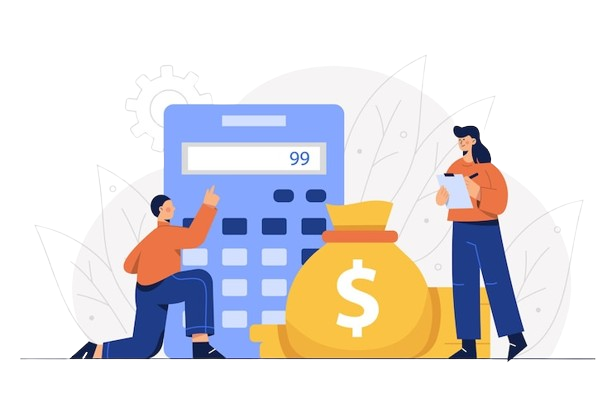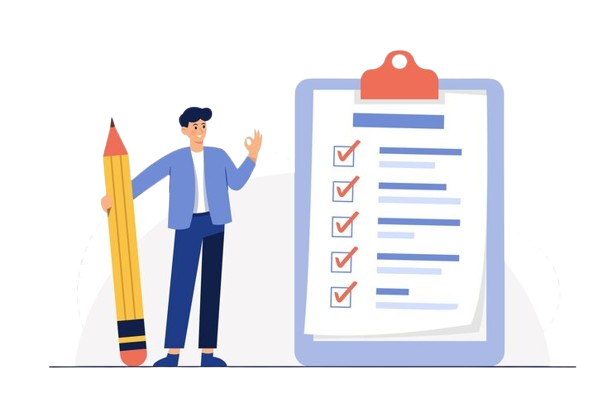Table of Contents
Introduction to Solo Ads
Solo ads have emerged as a popular marketing strategy in the digital age, particularly for businesses looking to expand their reach and generate leads. Essentially, solo ads involve purchasing targeted email campaigns from individuals or companies who own large email lists within specific niches. These ads are sent out to subscribers of these lists, with the aim of driving traffic to a designated website or landing page.
Factors Affecting Solo Ads Costs
Several factors influence the cost of solo ads, making it crucial for marketers to understand what determines pricing in this realm.
Quality of Solo Ads
The quality of solo ads plays a significant role in determining their cost. High-quality solo ads are those that are well-targeted, engaging, and likely to convert. Marketers often charge more for ads that have a proven track record of delivering results.
Size of the Email List
The size of the email list being used for the solo ad campaign directly impacts its cost. Generally, marketers charge more for access to larger email lists, as they offer a broader reach and potential for higher engagement.
Niche Targeting
The specificity of the niche being targeted also affects the cost of solo ads. Niches with high demand and limited availability are likely to command higher prices, as marketers can charge a premium for access to highly targeted audiences.
Ad Copy and Design
The quality of the ad copy and design can influence the cost of solo ads. Well-crafted ads that are visually appealing and compelling are more likely to yield positive results, and marketers may charge accordingly for their expertise in this area.
Average Cost of Solo Ads

The cost of solo ads can vary widely depending on the factors mentioned above. On average, solo ads can range anywhere from $0.30 to $1.00 per click. However, prices can go much higher for premium-quality ads or access to large, highly targeted email lists.
Tips for Negotiating Solo Ad Prices
Negotiating solo ad prices can help marketers secure better deals and maximize their ROI. Some tips for negotiating solo ad prices include:
- Researching and comparing prices from multiple providers
- Offering to purchase in bulk for discounted rates
- Asking for referrals or testimonials from previous clients
- Requesting a trial period to test the effectiveness of the solo ads
Alternative Pricing Models
In addition to the standard cost-per-click model, some marketers offer alternative pricing models for solo ads. These may include flat-rate pricing, where advertisers pay a set fee for a predetermined number of clicks or impressions, or performance-based pricing, where payment is based on the actual results generated by the ad campaign.
Measuring the ROI of Solo Ads

Measuring the ROI of solo ads is essential for evaluating their effectiveness and determining whether they are worth the investment. Marketers can track various metrics, such as click-through rates, conversion rates, and cost per acquisition, to gauge the success of their solo ad campaigns and make data-driven decisions moving forward.
Case Studies: Successful Solo Ad Campaigns
Examining case studies of successful solo ad campaigns can provide valuable insights into what works and what doesn’t in this marketing strategy. By analyzing real-world examples of effective solo ad campaigns, marketers can learn from the experiences of others and apply best practices to their own efforts.
Conclusion

In conclusion, the cost of solo ads can vary widely depending on factors such as the quality of the ads, the size of the email list, niche targeting, and ad copy/design. By understanding these factors and implementing effective strategies for negotiating prices and measuring ROI, marketers can leverage solo ads to drive targeted traffic and generate leads for their businesses.